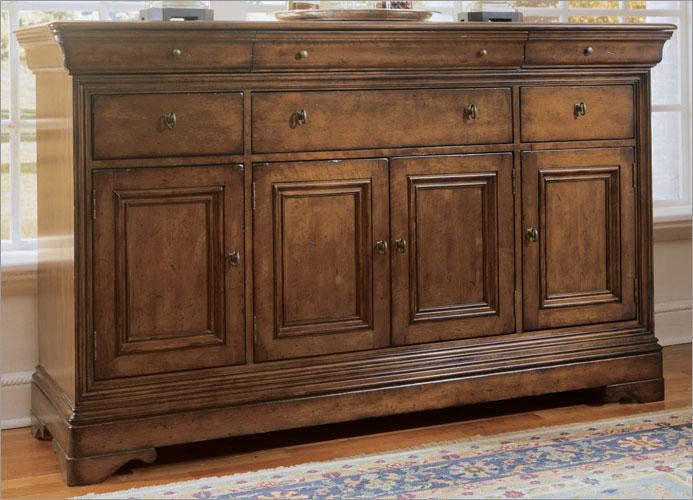Birch Furniture – Sturdy and Attractive, Can last for years.
Media Gallery
Birch is related to beech and oak, and shares many of the same properties. It is a light-colored, durable hardwood. One characteristic unique to birch is its smooth, white bark, which is left on by many furniture manufacturers. This creates a unique, rustic look that’s popular in lodge style decorating. Birch veneer is often applied to cabinet fronts and even to plywood. For a quick weekend project, why not put together a birch plywood bookshelf? With a little edge banding and creative finishing, you’ll have a sturdy and attractive piece that should last for years.
Birch is stable when properly dried, but like many other woods, is susceptible to warping, decay, and fungal infestations if used in damp areas. For this reason, birch wood furniture should only be used indoors, preferably in dry rooms like the living room, dining area, and play room, rather than in the bathroom or basement.
Solid birch wood is very easy to machine; cutting and drilling are not difficult, but it’s a good idea to drill pilot holes before nailing or screwing into the wood. Turning and carving are also possible, but the wood must be sanded very smooth before finishing, because cross-grain scratching is very apparent.
There are two types of birch typically used in furniture: white and yellow. White birch is also known as paper birch or gray birch and is creamy white. Heartwood tends to be darker, with knots and “flame” patterns. Yellow birch, by contrast, is a more consistent golden shade with very little white sapwood. Yellow birch frequently exhibits a curly grain.
Both varieties of birch exhibit graining patterns similar to that of maple. Because it is low cost, birch is often used as a substitute for maple. Staining birch is also easier than staining maple; it absorbs dyes and stains (especially dark ones) more effectively than the more expensive wood.
Finishing birch can be frustrating for some people, because it has a tendency to splotch. To avoid this, use a pre-stain conditioner and allow it to dry before applying a wiping stain. Another technique is to apply stain or dye with a sprayer. Or, consider using a gel-based stain; these are more forgiving than liquid formulas. Another option is to finish birch with a coat of oil or clear polyurethane, and allow its unique natural color to take center stage.





